One of the key aims of the Ryevitalise Landscape Partnership scheme is to work with land managers to identify and address issues causing a reduction in water quality, such as sediment and nutrient inputs to watercourses. These issues reduce the suitability of watercourses for aquatic life, impacting species such as insects and fish.
On a farm in Bilsdale such an issue was identified with a collapsed culvert that was regularly crossed with machinery. This resulted in the stream flowing freely over the track, collecting sediment and carrying it downstream. In addition, the gradient of the stream makes it prone to flash flooding, increasing the amount of sediment entering the water through erosion.
What we did?
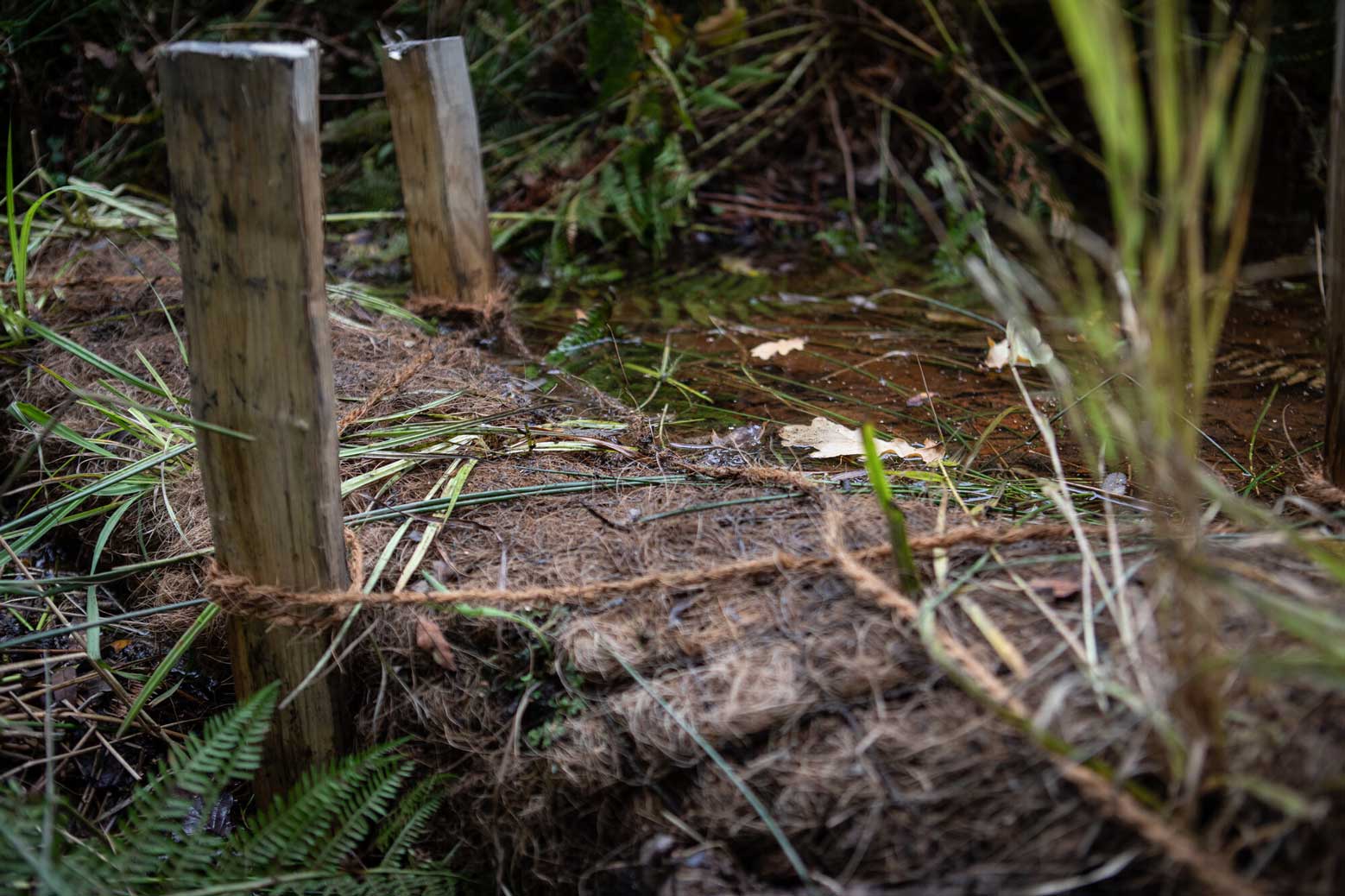
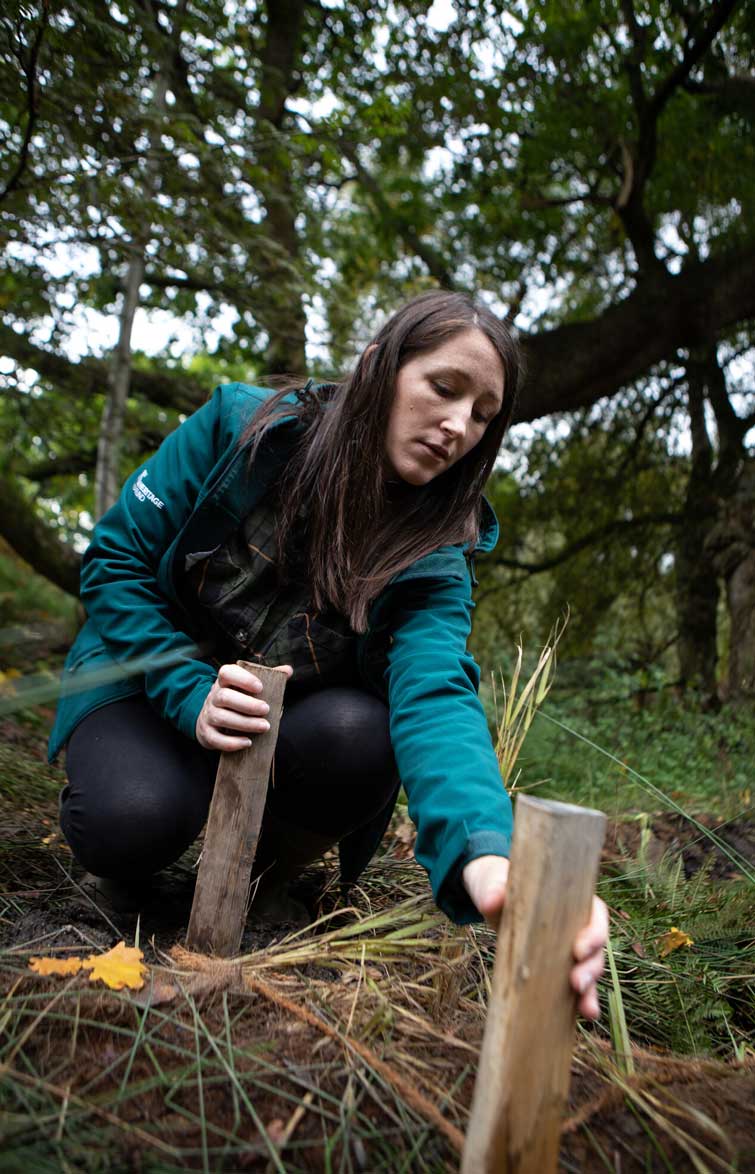
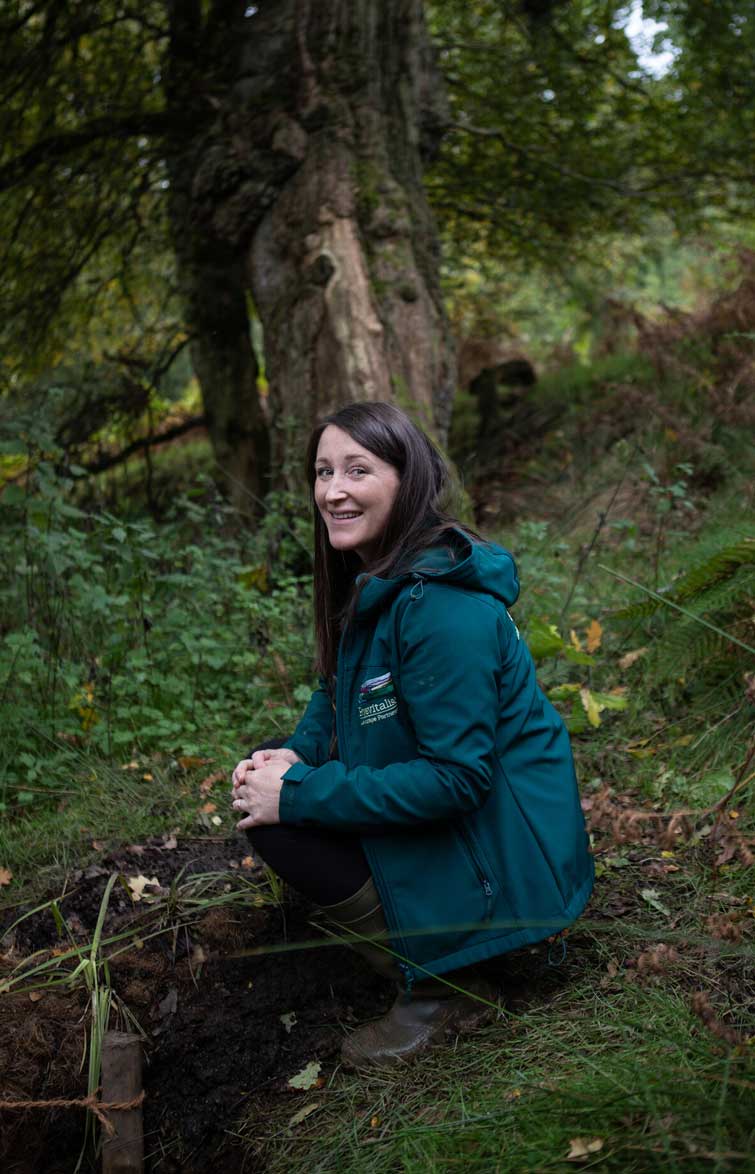
To address this issue we worked with the land manager to replace the culvert and install a series of coir roll sediment traps upstream. These rolls are made of organic fibre and are staked into the ground with hardwood posts, creating a permeable layer which helps slow the flow of water while reducing erosion and allowing sediment to settle.
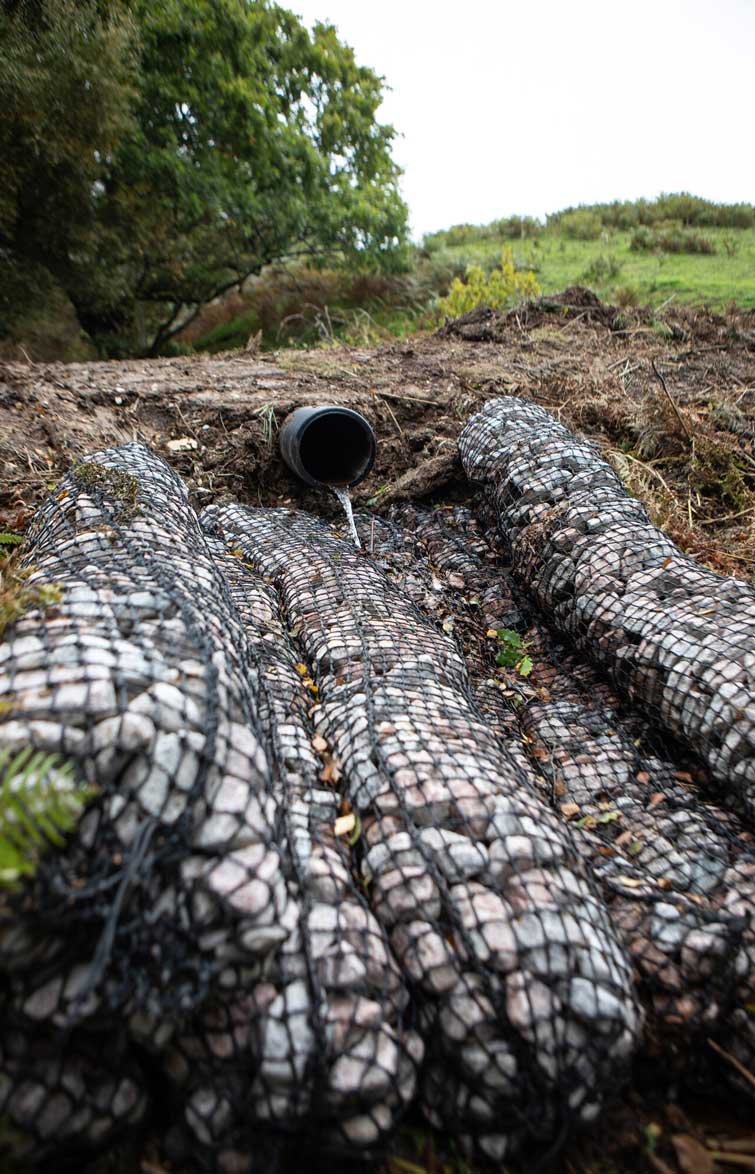
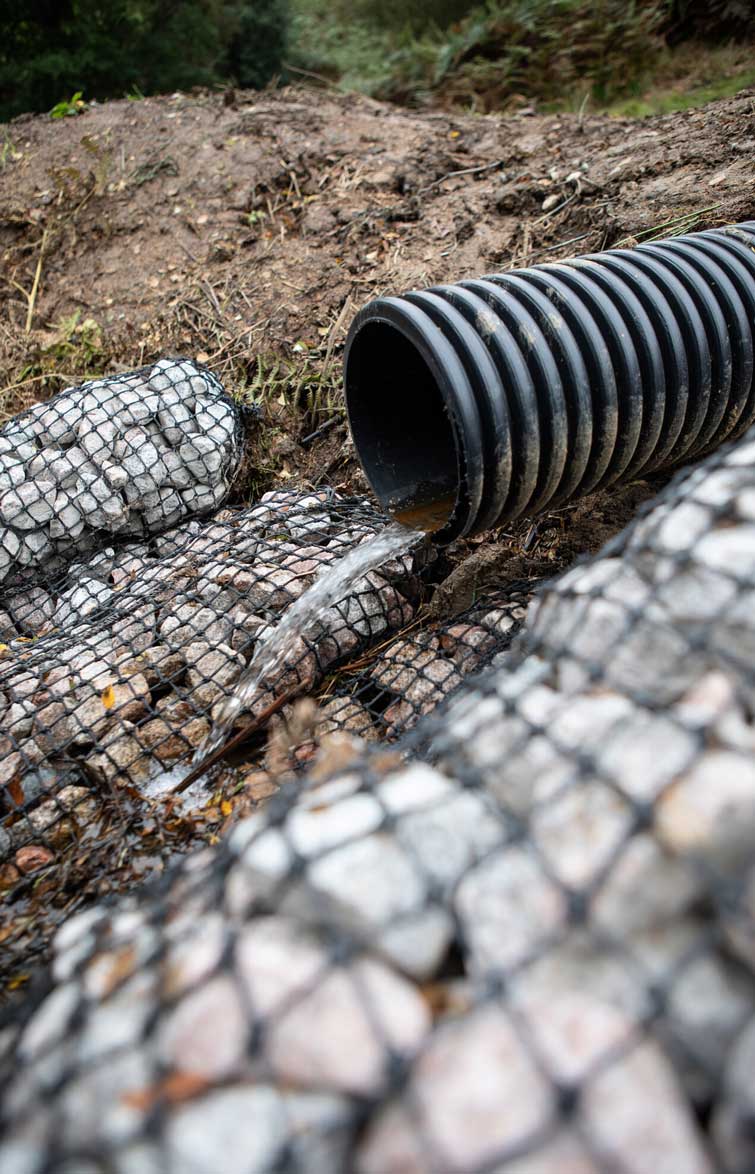
The stability of the channel downstream of the culvert was reinforced with rock rolls, which dissipate the energy of water flowing from the culvert whilst acting as a physical protection from bank erosion. The result is a more stable watercourse either side of the culvert, with less fine sediment heading downstream.
Such a scheme contributes towards the aims of our Ryevitalise project by improving water quality of the River Rye and its tributaries while also improving habitat provision where water is held back and improving natural flood management.
The scheme is made possible thanks to the National Lottery Heritage Fund. Additional funding was also provided from Arqiva.
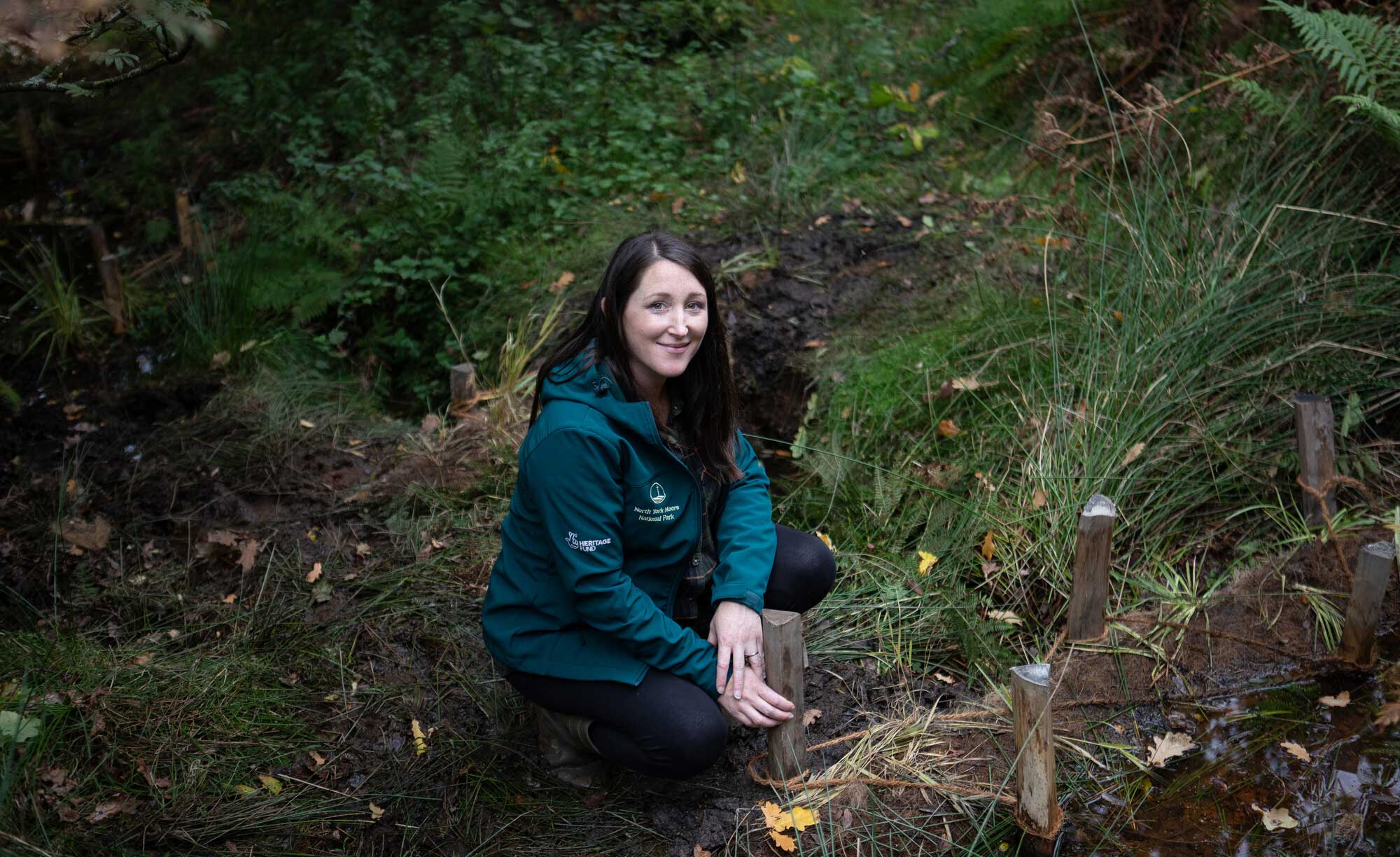
Management Plan
This projects supports the following management plan objectives:
Outcome 1: A resilient landscape at the forefront of addressing climate change and nature recovery.
Objective 5: Achieve good ecological status for all water bodies by 2027 and support the improvement of the marine and coastal habitat.
![]()
Outcome 2: A nature rich, more biodiverse landscape
Objective 6: Create bigger, better and more joined-up habitats, with nature-rich wildlife corridors extending beyond the National Park boundaries.
